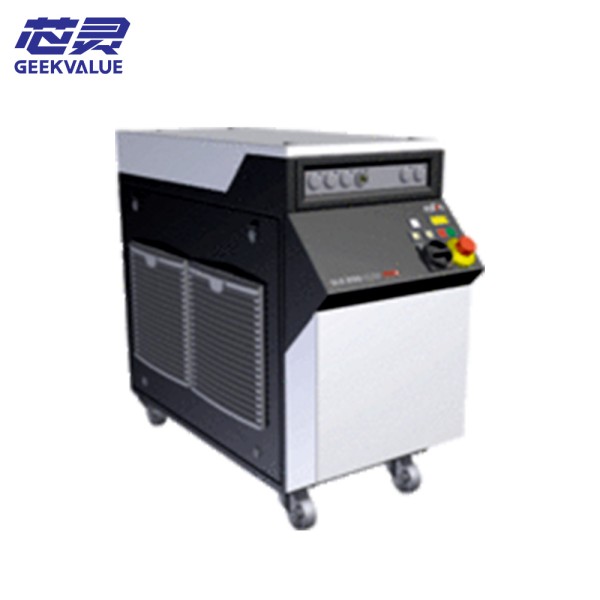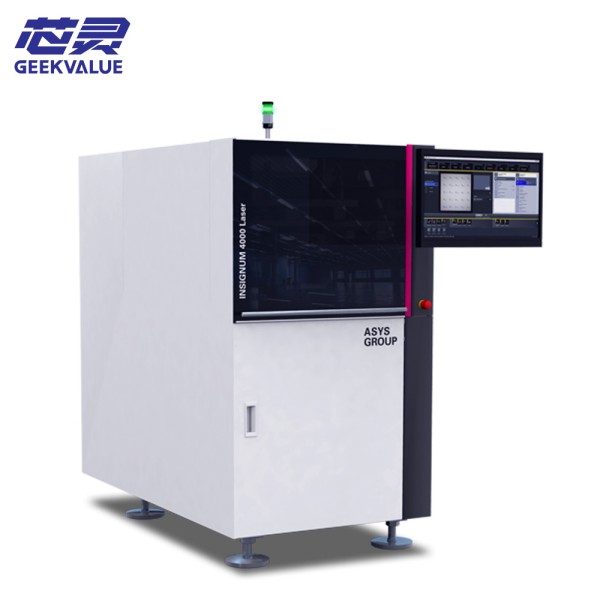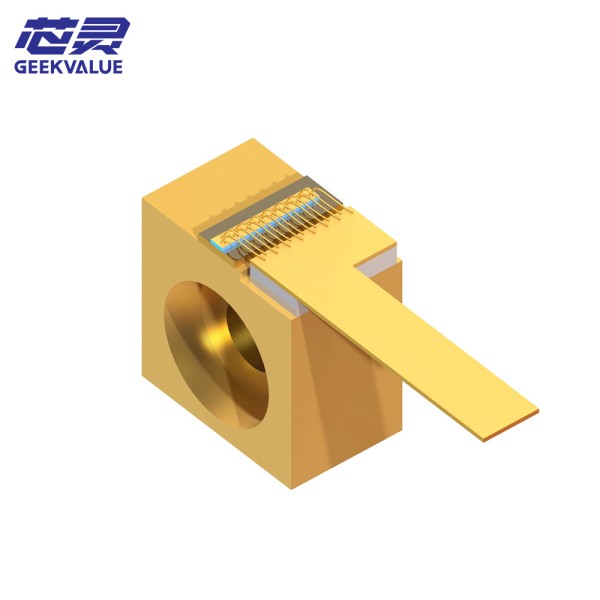Rofin's (now Coherent's) SLS series solid-state lasers use diode-pumped solid-state laser (DPSSL) technology and are widely used in industrial processing (such as marking, cutting, welding) and scientific research. This series of lasers is known for its highest stability, long life and excellent beam quality (M²), but they may fail after long-term use, affecting performance.
This article will introduce the structure, common faults, maintenance ideas, daily maintenance and preventive measures of the SLS series in detail to help users extend the life of the equipment and reduce downtime.
2. SLS series laser structure composition
The SLS series lasers are mainly composed of the following core modules:
1. Laser head
Laser crystal: usually Nd:YAG or Nd:YVO₄, pumped by a laser diode.
Q-switch module (Q-Switch):
Acousto-optic Q-switch (AO-QS): suitable for high repetition rates (kHz level).
Electro-optic Q-switch (EO-QS): suitable for high-energy pulses (such as micromachining).
Frequency doubling crystal (SHG/THG) (optional):
KTP (532nm green light) or BBO (355nm UV light) for wavelength conversion.
2. Diode pump module
Laser diode array (LDA): Provides 808nm pump light, which requires TEC temperature control to maintain stability.
Temperature control system (TEC): Ensures that the diode operates at the optimal temperature (usually 20-25°C).
3. Cooling system
Water cooling (Chiller): High power models (such as SLS 500+) require an external chiller to ensure the temperature of the laser head is stable.
Air cooling (Air Cooling): Low power models may use forced air cooling.
4. Optical system (Beam Delivery)
Beam expander (Beam Expander): Adjust the beam diameter.
Mirrors (HR/OC Mirrors): High reflection (HR) mirrors and output coupling (OC) mirrors.
Optical isolator (Optical Isolator): Prevents return light from damaging the laser.
5. Control and power supply
Drive power supply: Provide stable current and modulation signal.
Control panel/software: Adjust parameters such as power, frequency, pulse width, etc.
III. Common faults and maintenance ideas
1. No laser output or power reduction
Possible reasons:
Laser diode aging or damage (general life span 20,000-50,000 hours).
Q switch module failure (AO-QS drive failure or crystal offset).
Cooling system failure (water temperature is too high or flow is insufficient).
Maintenance method:
Check whether the LD current is normal (refer to the technical manual).
Check whether the pump light is normal with a power meter.
Check the Q switch drive signal and replace AO/EO-QS if necessary.
2. Deterioration of beam quality (mode instability, spot deformation)
Possible reasons:
Optical component contamination (dirty lens and crystal surface).
Resonant cavity misalignment (vibration causes lens displacement).
Crystal thermal lens effect (thermal deformation caused by insufficient cooling).
Repair method:
Clean the optical component (use anhydrous ethanol + dust-free cloth).
Recalibrate the resonant cavity (requires professional equipment such as He-Ne laser collimator).
3. Wavelength shift or frequency doubling efficiency reduction
Possible reasons:
Frequency doubling crystal (KTP/BBO) temperature drift or phase matching angle shift.
Pump wavelength shift (TEC temperature control failure).
Repair method:
Recalibrate the crystal angle (use precision adjustment frame).
Check whether the TEC temperature control is stable (PID parameter adjustment).
4. Frequent alarms or automatic shutdown
Possible reasons:
Overtemperature protection (cooling system failure).
Power supply overload (capacitor aging or short circuit).
Control software bug (need to upgrade firmware).
Repair method:
Check the cooling water flow and temperature sensor.
Measure whether the power supply output voltage is stable.
Contact the manufacturer to obtain the latest firmware.
IV. Daily care and maintenance methods
1. Optical system maintenance
Weekly inspection:
Clean the output mirror and Q-switching window with anhydrous ethanol + dust-free cotton swab.
Check if the optical path is offset (observe whether the light spot is centered).
Every 3 months:
Check if the frequency doubling crystal (KTP/BBO) is damaged or contaminated.
Calibrate the resonant cavity (use collimated laser assistance if necessary).
2. Cooling system maintenance
Monthly inspection:
Replace deionized water (to prevent scale from clogging the pipeline).
Clean the chiller filter to ensure good heat dissipation.
Every 6 months:
Check if the water pump is normal and measure the flow rate (≥4 L/min).
Calibrate the temperature sensor (error <±0.5°C).
3. Electronic system maintenance
Quarterly inspection:
Measure the power supply output stability (current fluctuation <1%).
Check if the grounding is good (avoid electromagnetic interference).
Annual maintenance:
Replace aging capacitors (especially the high-voltage power supply part).
Back up control parameters to prevent data loss







